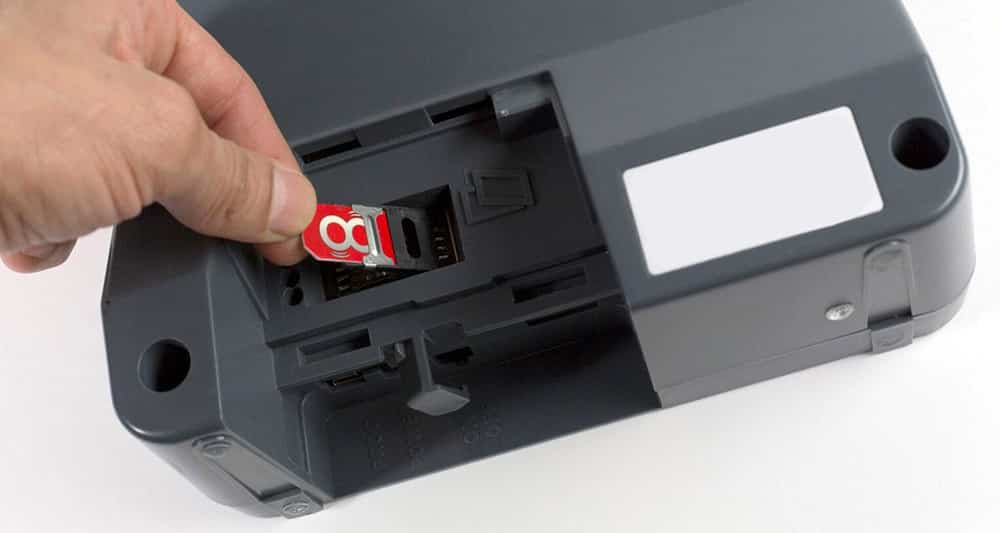In a hyperconnected world, a phone number has become a master key to access all kinds of digital services: from social media and email to bank accounts. That’s why SIM Swapping—or the fraudulent duplication of a SIM card—remains one of the most profitable attack methods for cybercriminals, despite being on the cybersecurity radar for years.
Although this type of fraud began to be widely detected around 2019, it continues to cause havoc in 2025, exploiting two key factors: personal data exposure online and weak verification procedures at some mobile operators.
How the attack works
The goal of SIM Swapping is simple: to get the phone provider to issue a duplicate of the victim’s SIM. Once successful, the attacker takes control of calls and messages, including SMS with two-factor authentication (2FA) codes.
The usual process includes:
Data gathering – Cybercriminals gather information about the victim through social media, data breaches, phishing, or purchases on the dark web.
Impersonation to the carrier – Using this info, they impersonate the user and request a SIM duplicate, claiming loss or theft of the phone.
Deactivation of the original SIM – When the duplicate is activated, the victim’s legitimate phone loses coverage and mobile data access.
Account access – The attacker intercepts SMS codes to reset passwords or validate financial transactions.
Why it remains a problem in 2025
SIM Swapping doesn’t require exploiting complex technical vulnerabilities; it relies on social engineering and operational loopholes. Additionally, SMS remains a widely used method for verification in online banking, so control of the phone number provides direct access to high-value transactions.
Despite regulatory efforts and authentication improvements, the time window between a victim losing signal and detecting the fraud remains critical for attackers.
How to recognize if you’re a victim
The clearest warning sign is a sudden loss of mobile coverage without an apparent cause. If your device stops sending or receiving calls, messages, or data, and there are no network issues, your SIM may have been cloned.
Many attacks happen during times when victims aren’t checking their phones — for example, overnight — giving attackers hours to operate.
Protective measures
Cybersecurity experts recommend adopting a combination of personal best practices and demanding stricter procedures from telecom providers:
Individually:
- Limit personal data sharing on social media
- Use alternative verification methods like OTP apps or physical security keys
- Avoid using public Wi-Fi for sensitive operations
- Regularly review privacy settings on accounts and devices
At the corporate level:
- Implement multi-factor authentication that doesn’t depend solely on the employee’s mobile line
- Monitor changes to devices linked to critical access points
- Establish rapid response protocols in case of signal loss in corporate devices
Anti-fraud initiatives and the future of 2FA
The telecommunications sector is beginning to respond with tools like Open Gateway, an open API framework that includes the API for SIM Swap detection. This technology allows banks and other entities to verify in real time if a SIM has recently been changed before approving sensitive transactions, significantly reducing fraud risk.
While SMS remains a common second-factor authentication method, there’s a trend towards shifting to more robust and attack-resistant methods.
What to do if you’ve already been targeted
If you suspect SIM Swapping, acting quickly is crucial:
- Immediately contact your provider to block the fraudulent SIM.
- Alert your bank to suspend operations and accounts temporarily.
- Review and document suspicious activity for possible reporting.
- Change passwords and remove SMS as a verification method from all affected accounts.
Frequently asked questions (FAQ)
1. Is SIM Swapping a mass or targeted attack?
It tends to be targeted and directed at specific individuals, although anyone relying on SMS for verification can be affected.
2. Are authentication apps effective?
Yes, significantly lowering risk because codes aren’t sent via SMS and cannot be intercepted.
3. What role do carriers play in prevention?
They have a key role by improving identity verification protocols and adopting technologies like Open Gateway.
4. Does SIM Swapping only affect online banking?
No. It can also be used to hijack social media accounts, email, and other critical services.

